If you are having problems getting leads for your medical device, is it possible you have lost your focus? Marketing campaigns that are too broad will negatively impact conversions. For instance, if you are producing a surgical tool specific to neonatal services, why would you market it to a family practice physician?
The answer is because you might be thinking in bulk instead of leveraging key markets. This makes you more of a spammer than a force in the industry. If you want the decision makers to take you seriously, you need to learn to target your medical device marketing strategies to reach the right audience.
Create a Marketing Plan
It starts with a little organization. CadenSee points out that the medical device marketplace rarely sees big leaps in innovation, so there is a lot of competition. Focusing right from the beginning keeps you from wasting time and effort on ads that fail to highlight the uniqueness of your product.
A proper marketing strategy consists of five things:
- A distinctive selling point
- Target market definition
- List of product benefits
- Positioning of products
- Marketing methods
A marketing plan is a fluid strategy that may evolve as your target goals change.
Compartmentalize your Marketing
You want to focus your campaigns, but cover all the bases at the same time. For medical device marketing, picking targets is a complex process because one product can be effective in multiple environments. Aim to target the decision makers in each segment.
- Physicians
- Administrators
- Distributors
Even marketing to patients can lead to sales. Boston.com reports Johnson & Johnson used an elderly patient to promote a new drug. If a patient sees an ad featuring a well known figure talking about a medical device that helped them, they are going to walk into the doctor’s office asking for that product.
Administrators care about cost effectiveness, physicians about efficiency and distributors about sales potential. Your ads should speak to each specific segment personally.
Choose Channels Wisely
Determine how much of your marketing budget will go to each segment. If your medical device is for private practices, you might put half your budget toward physicians or medical office managers, for example.
Next, leverage tools specific to your target. If your device is for pediatric patients, place ads in the Journal of Pediatric Health Care and other focused publications. Participate in organizations and trade shows to network with buyers in that segment.
Don’t dismiss social media, either. Becker’s Hospital Review explains physicians are wired into mainstream sites like Twitter and Facebook, just like your average teenager. Social media is a powerful tool for business to business marketing no matter what the industry.
Make use of online resources like paid ads on hospital websites or pay per click marketing on professional forums, and blogs, too.
The key to focused medical device marketing is planning. Right from the beginning, you need to recognize who the targets are, so when you create campaigns, you address talking points specific to that segment.
















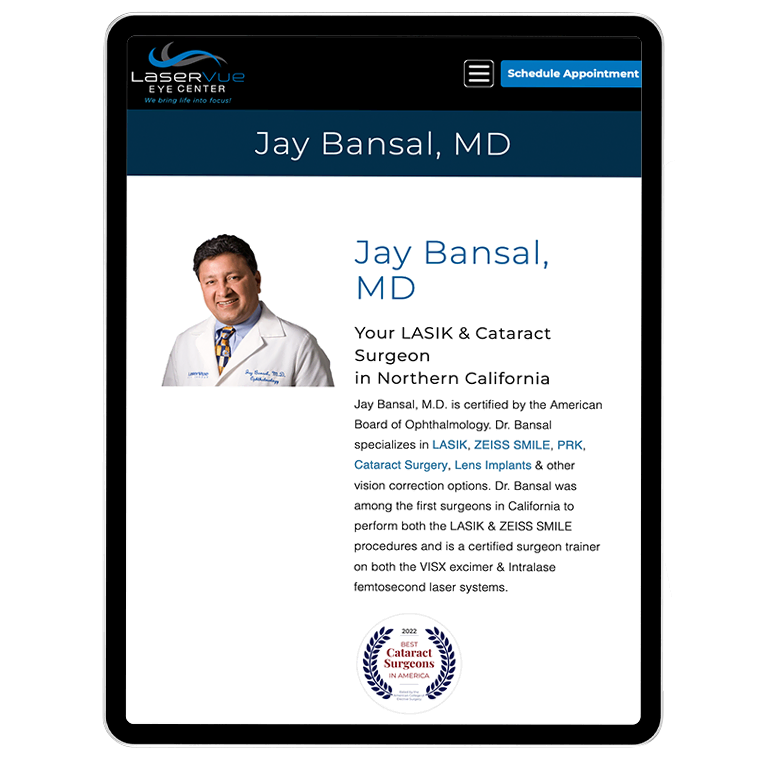




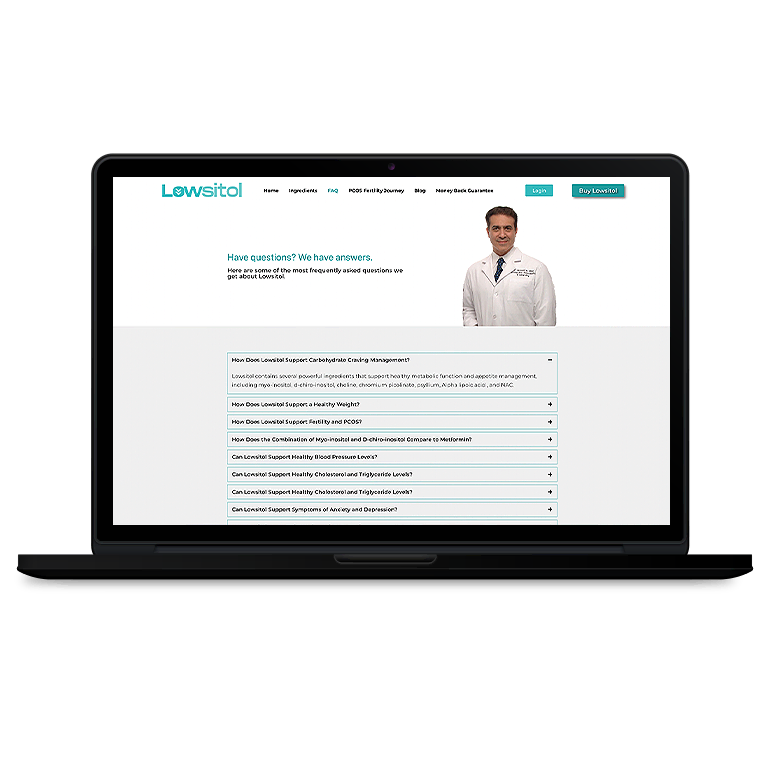
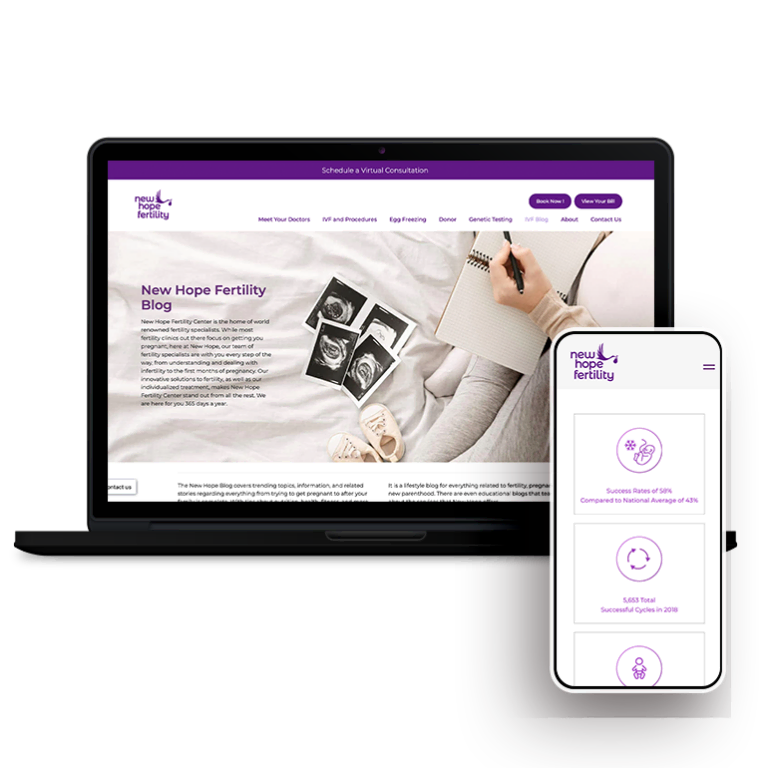


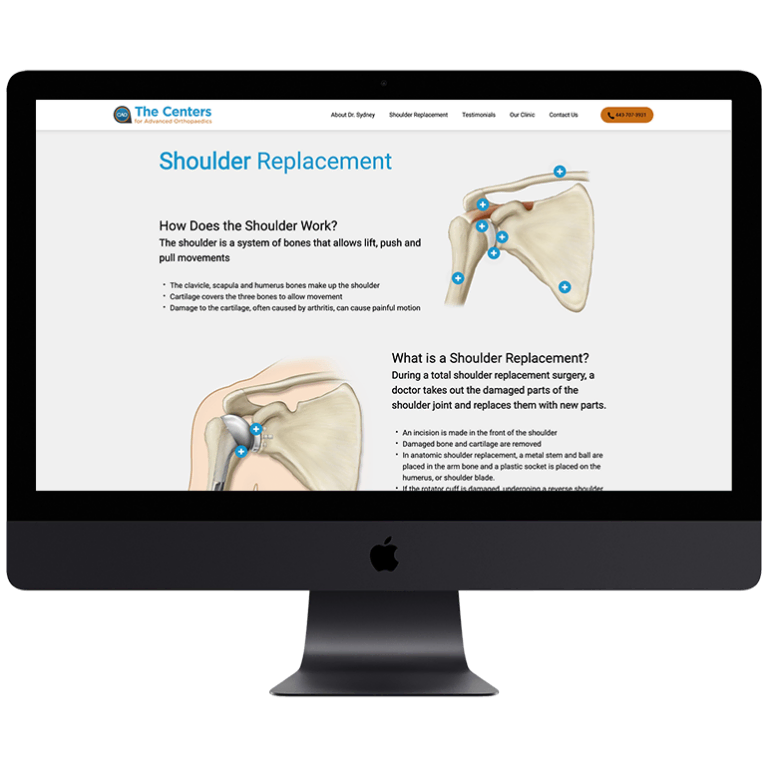


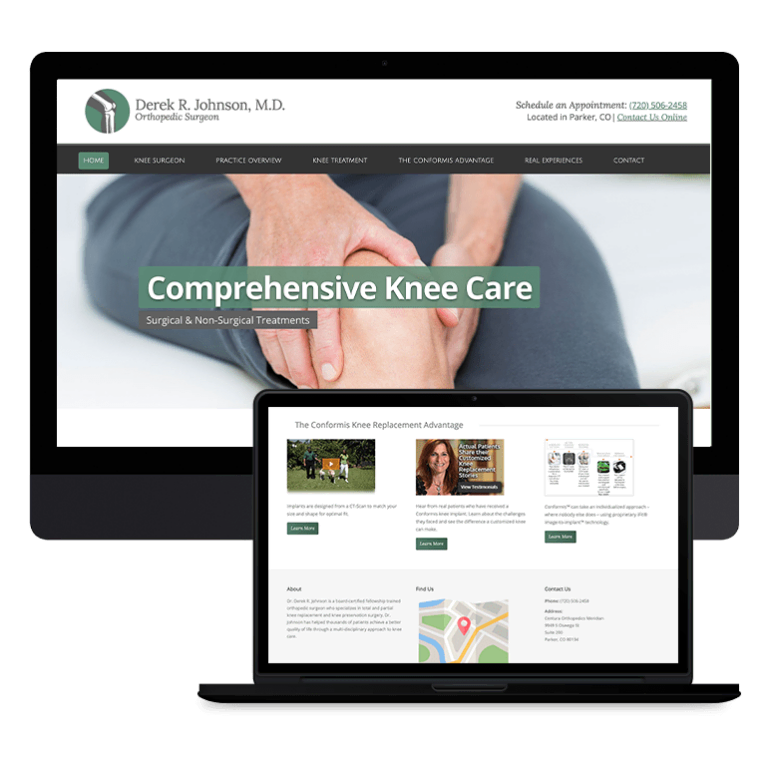

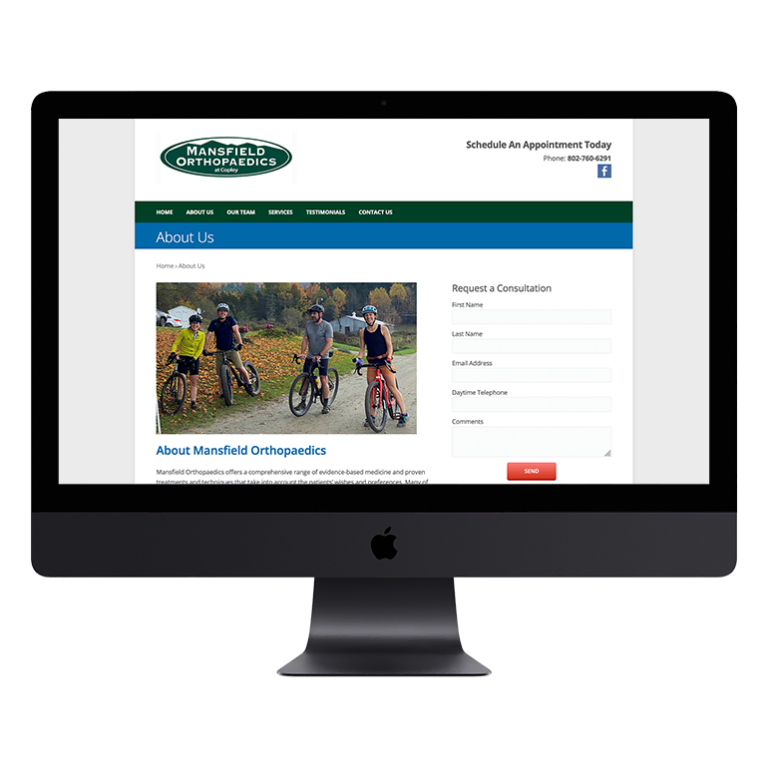

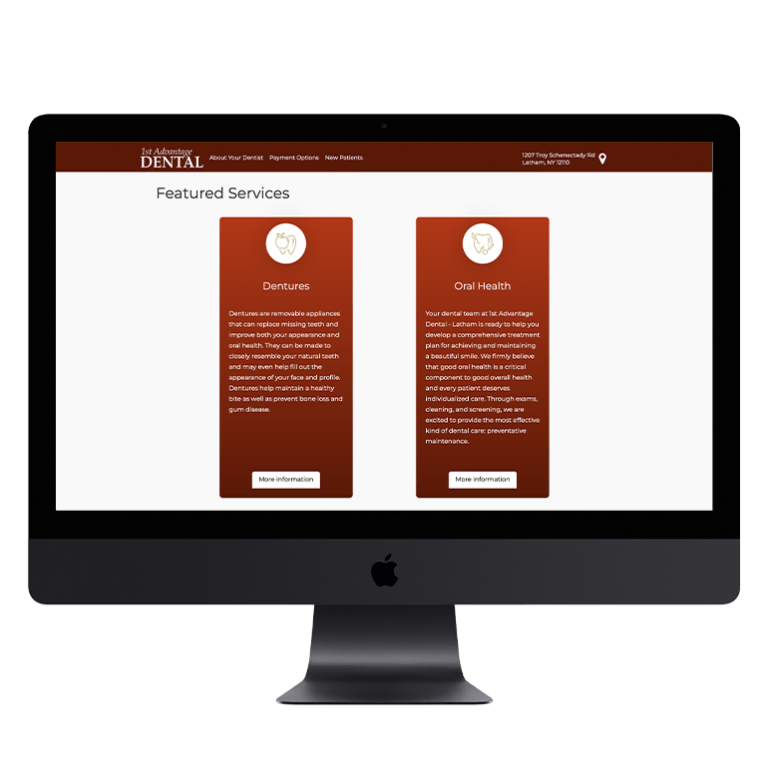
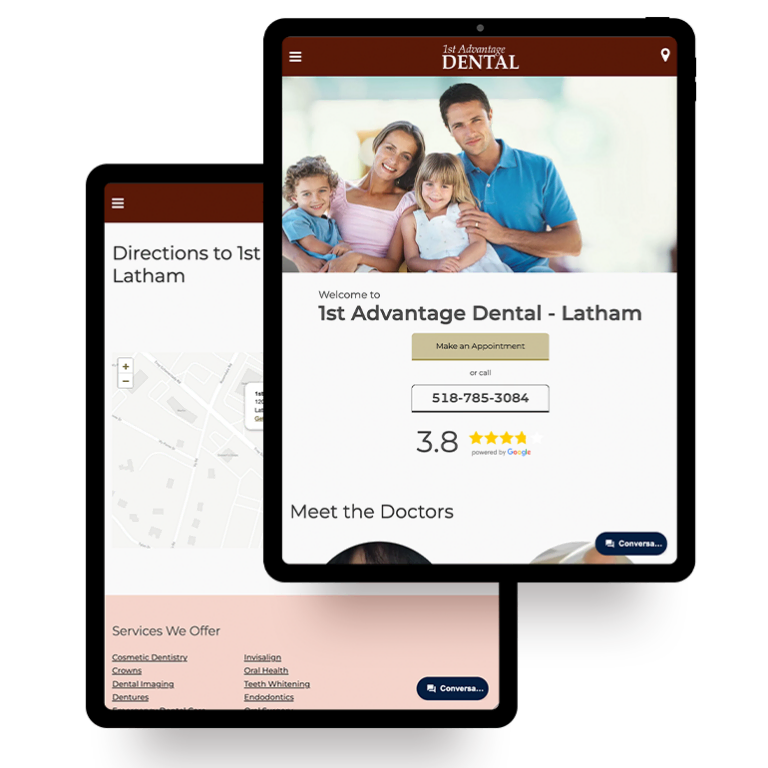
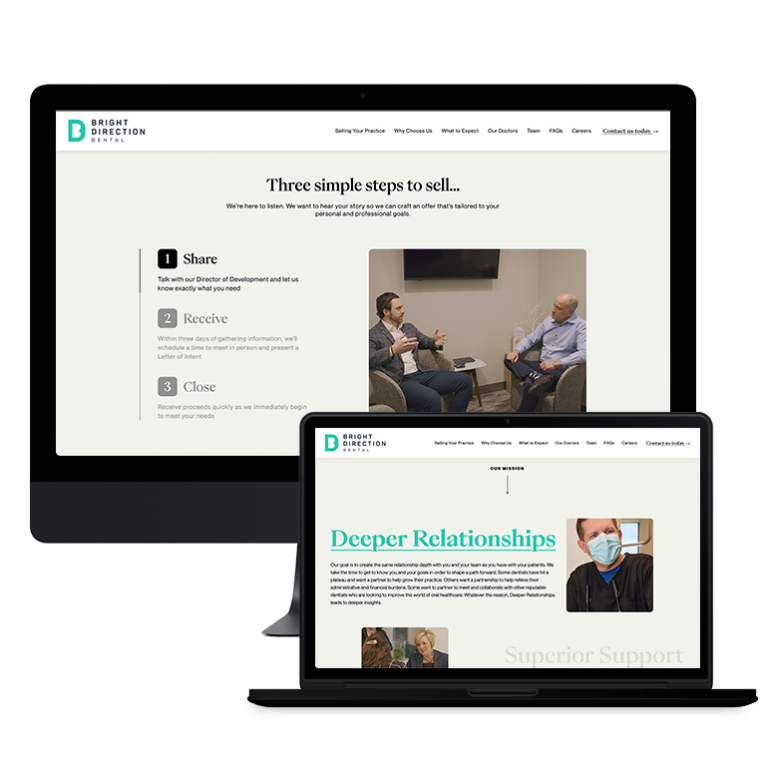

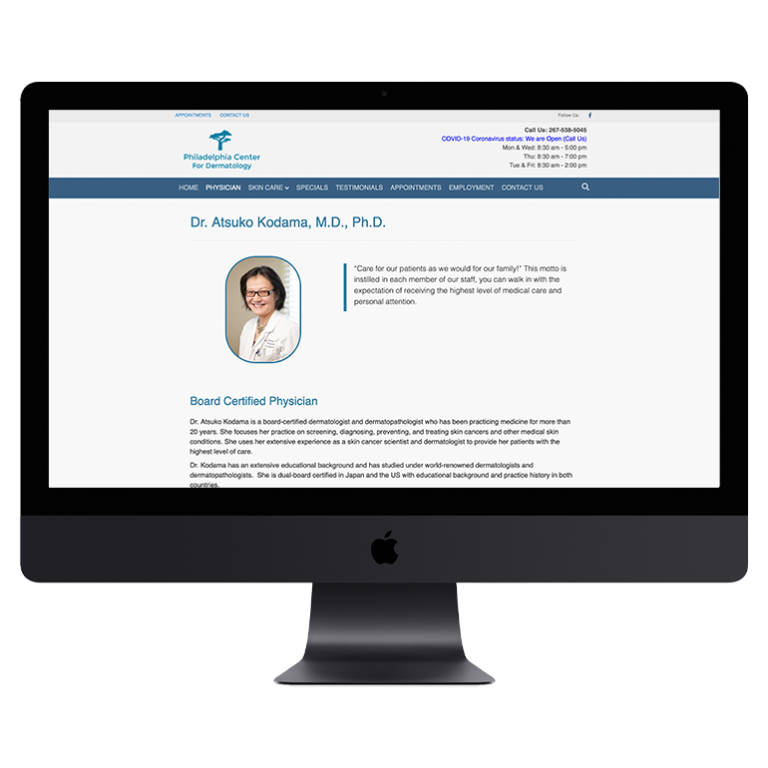
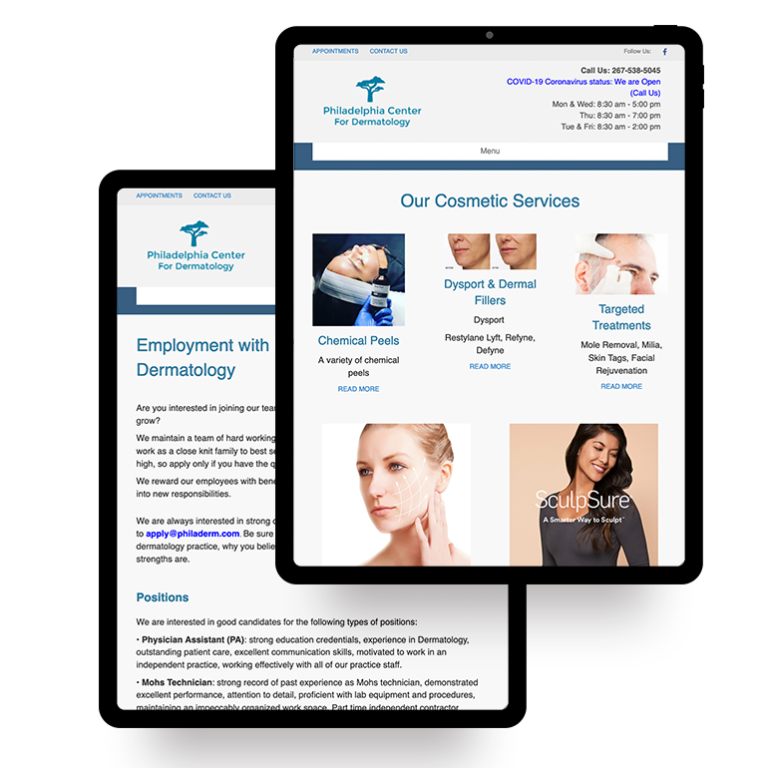


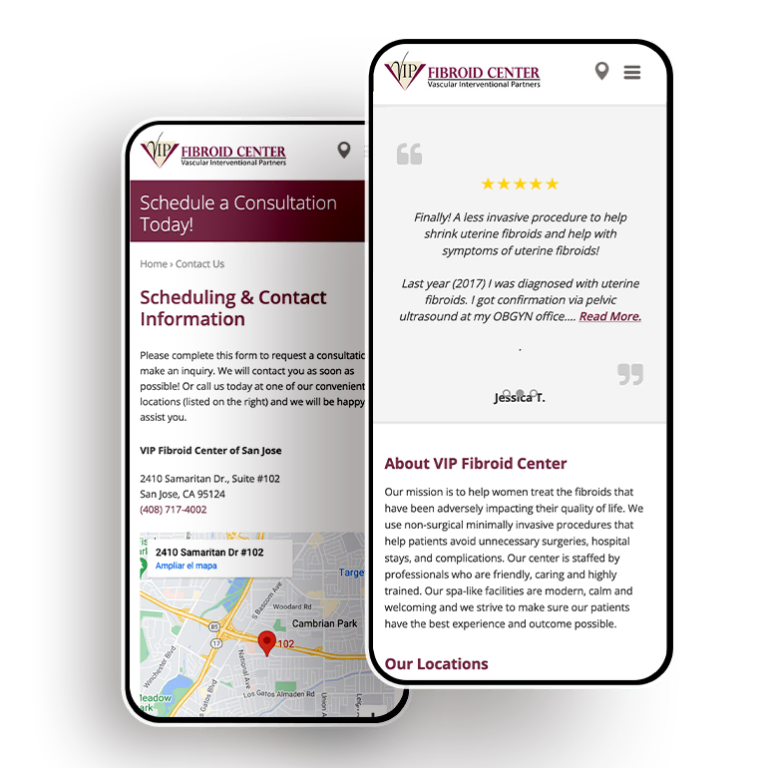

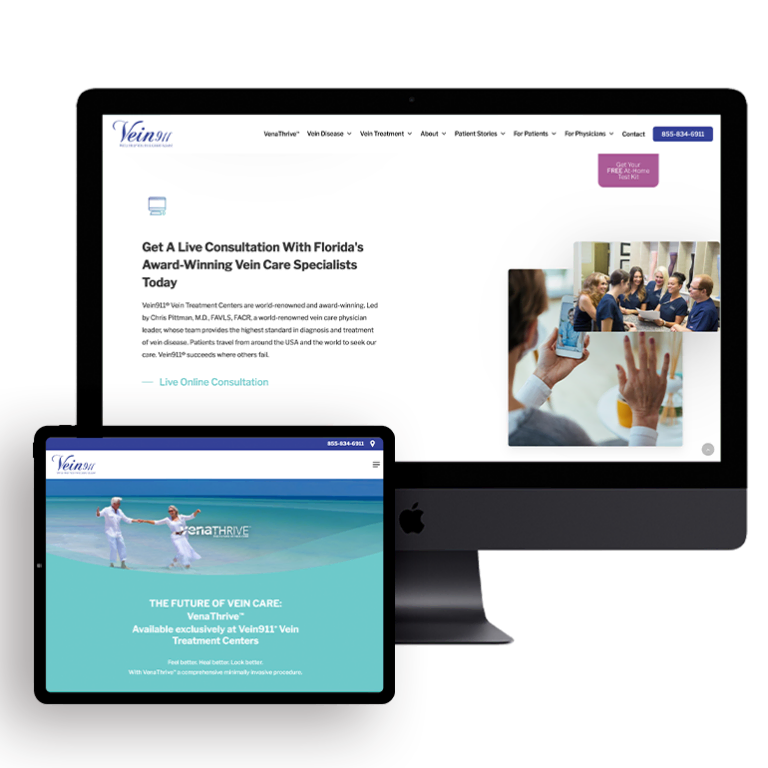
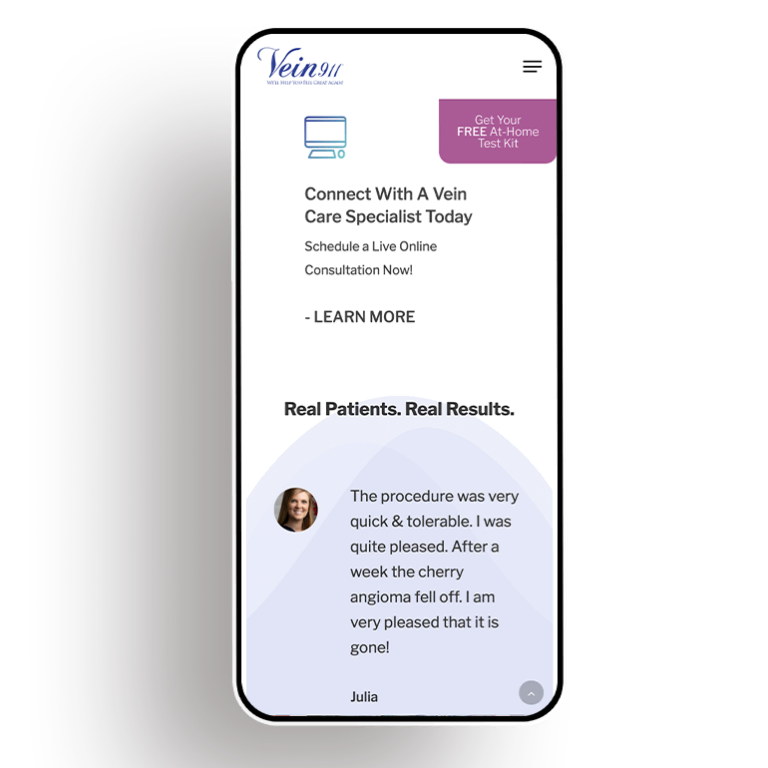


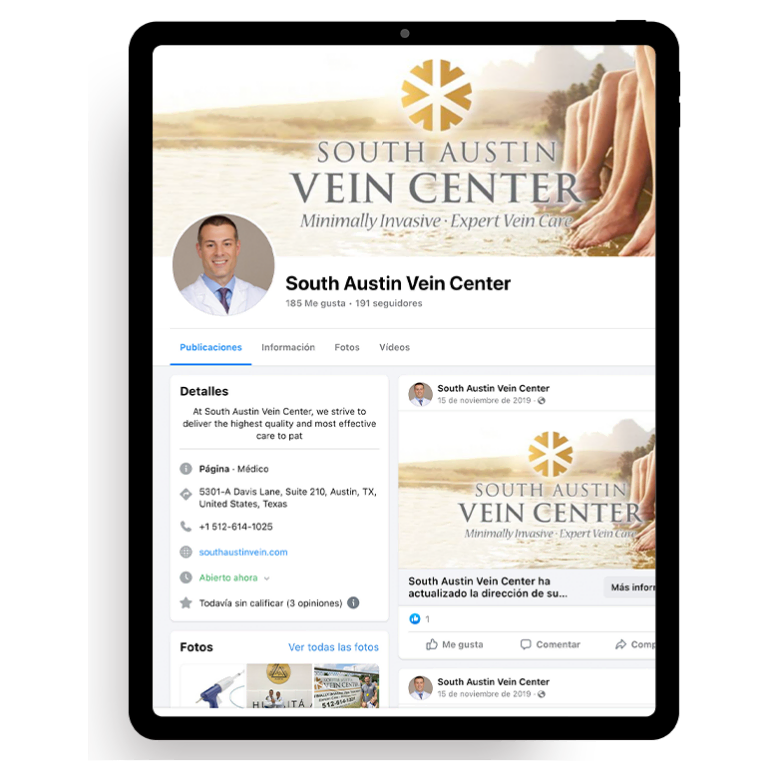

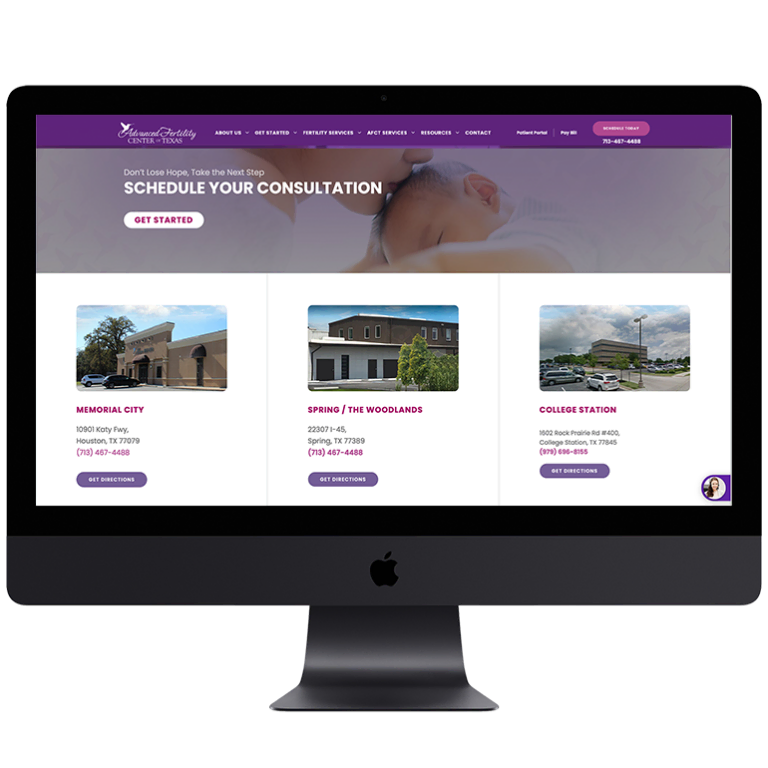
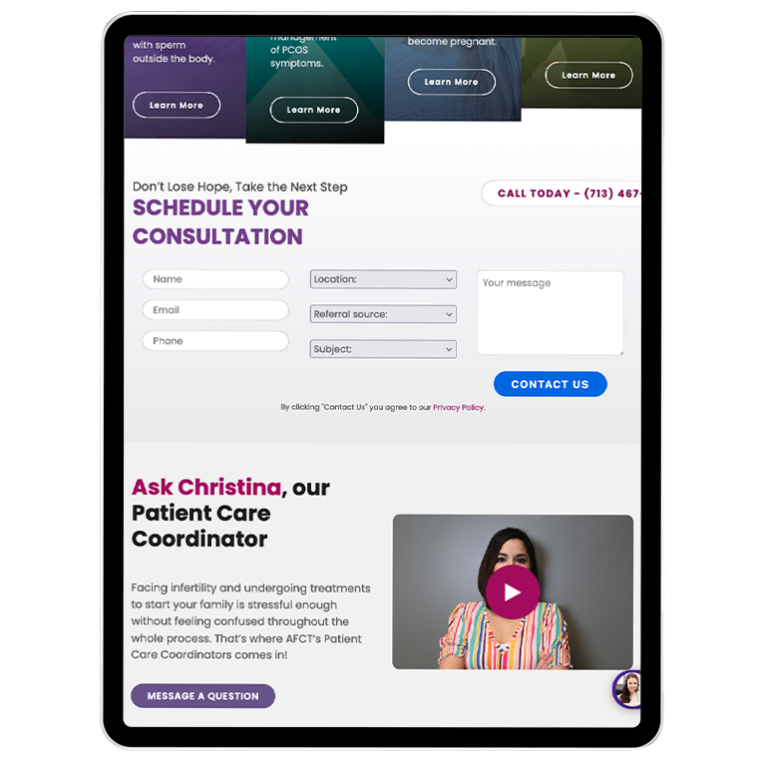




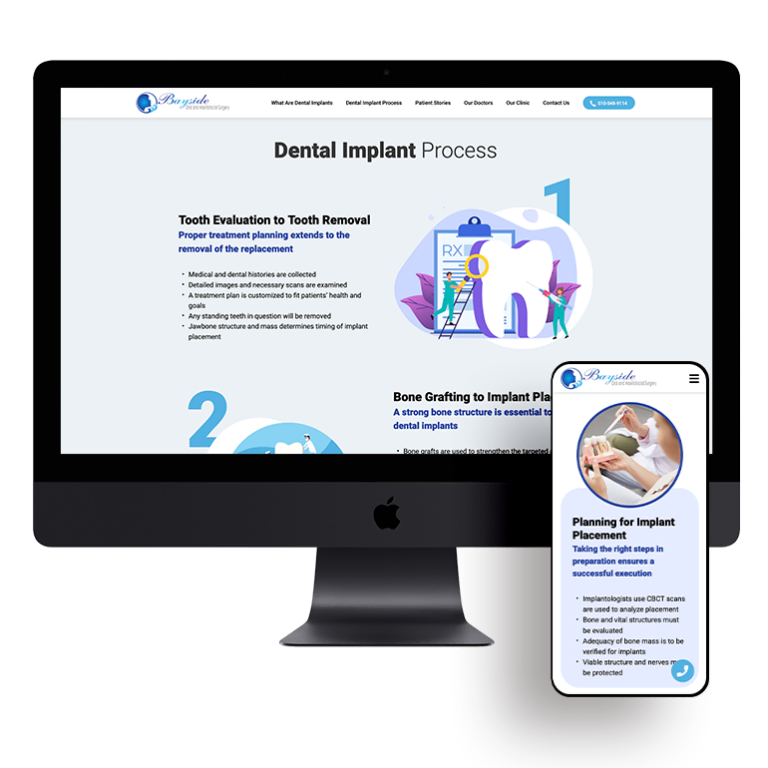


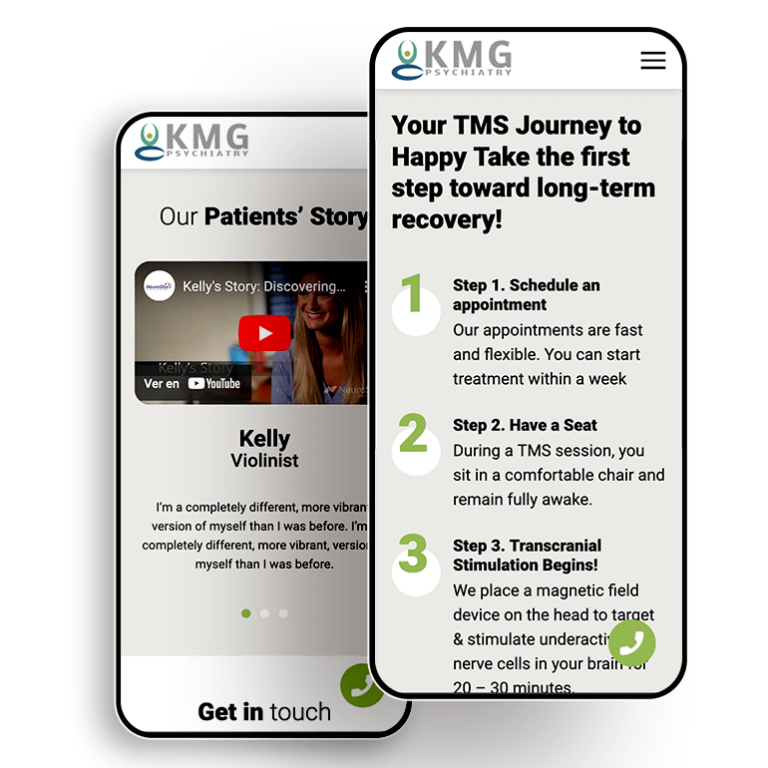
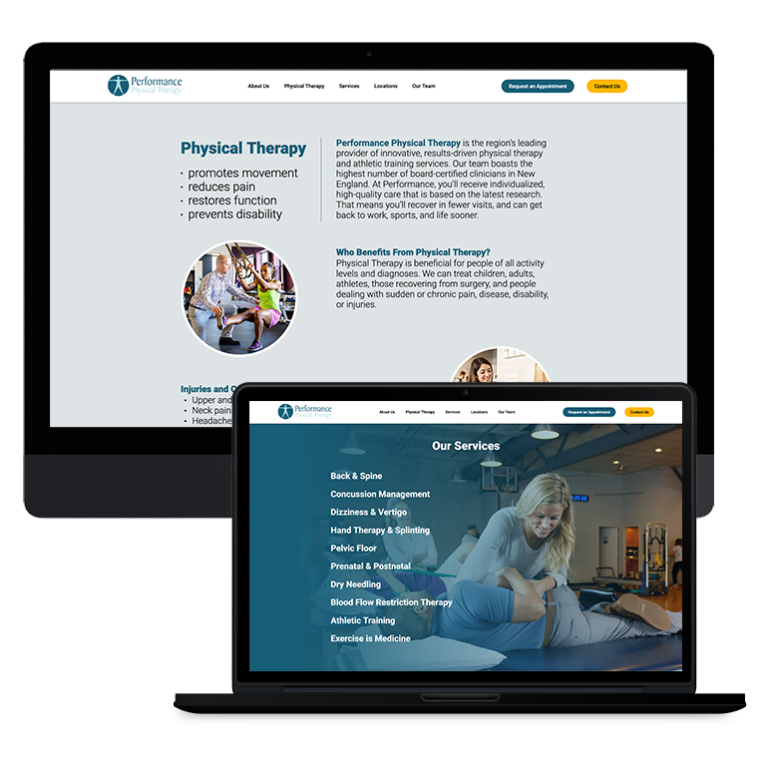
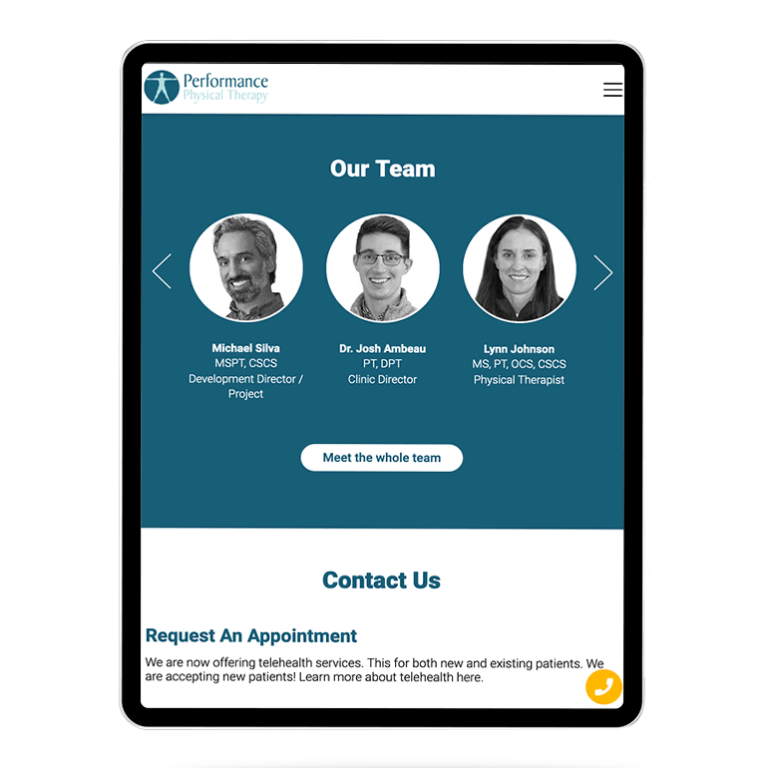


 Smart Design Creates New Patient Opportunities
Smart Design Creates New Patient Opportunities